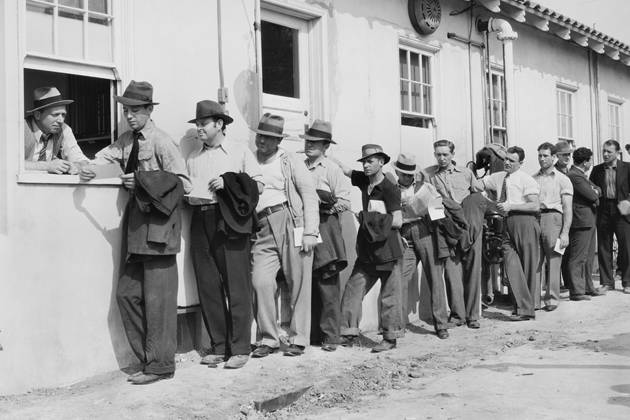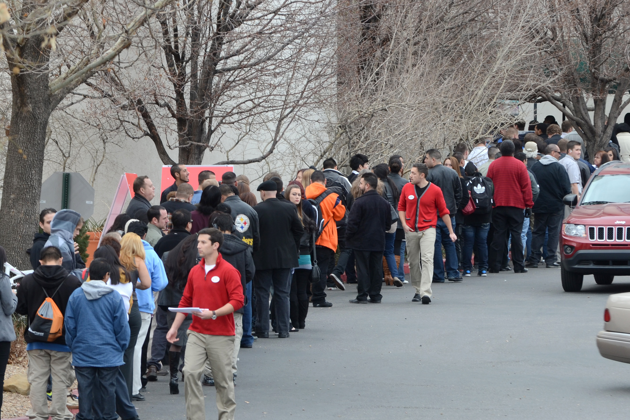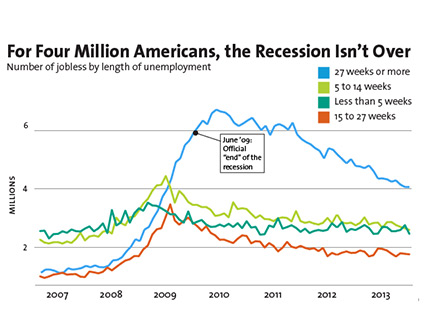
Looking for Work<a href="http://www.shutterstock.com/pic-94201681/stock-photo-looking-for-work.html?src=jNNhG9UAenHullrCVSPC6Q-1-75">Everett Collection</a>/Shutterstock
Republicans have spent the past few months reveling in the dysfunction of Healthcare.gov, the federal online health insurance exchange. And they’ve bashed the Obama administration for incompetence over the smallest of technological glitches that accompanied the rollout of the Affordable Care Act. But Republicans aren’t exactly immune from the plague of technology problems when they’re in charge of things. Take the case of Florida, where Republican state legislators, with the support of a Republican governor, decided in 2011 that everyone seeking unemployment benefits would have to apply online.
The state spent $63 million trying to create a website that would allow the unemployed to access benefits, awarding a contract to Deloitte, which, like the Healthcare.gov contractor, had a better record of lobbying for contracts than actually performing them. (Massachusetts and California have both launched investigations into similar performance problems in their states.) The site’s October roll-out was disastrous—in many ways, a bigger debacle than the Obamacare rollout, because the people trying to apply for benefits were in desperate need of the $275 a week in benefits to pay the rent and keep the heat on. Unemployed people jammed state offices and have flooded Republican Gov. Rick Scott’s office with thousands of angry complaints. Legal aid lawyers have seen a rash of clients facing evictions and car repossessions. Last week, Sen. Bill Nelson (D-Fla.)*called for a federal investigation into the website problems, which still aren’t fixed.
Florida’s unemployment system was already stingy, offering fewer weeks of benefits than federal law allows. The state already had the nation’s lowest percentage of unemployed workers applying for benefits, thanks in part to various obstacles to applying, like a requirement for applicants to take a math test—obstacles that the US Department of Labor found in April constituted major civil rights violations. But that dismal record got even worse in November, when the percentage of unemployed people applying for benefits dropped to 13.4 percent, from 15.5. (Nationally, that figure is 41 percent.)
Scott, formerly a tea party darling up for reelection this year and a big supporter of the restrictions on unemployment benefits, responded to the website crisis publicly this week by saying, “Oh gosh, we work on it every day. And try to improve it every day.” Meanwhile, the National Employment Law Center estimates that jobless workers have been denied $20 million worth of unemployment benefits since the website rollout.
Correction: The original version of this article stated that Nelson is running for governor of Florida. He is not currently a candidate for that office.
















